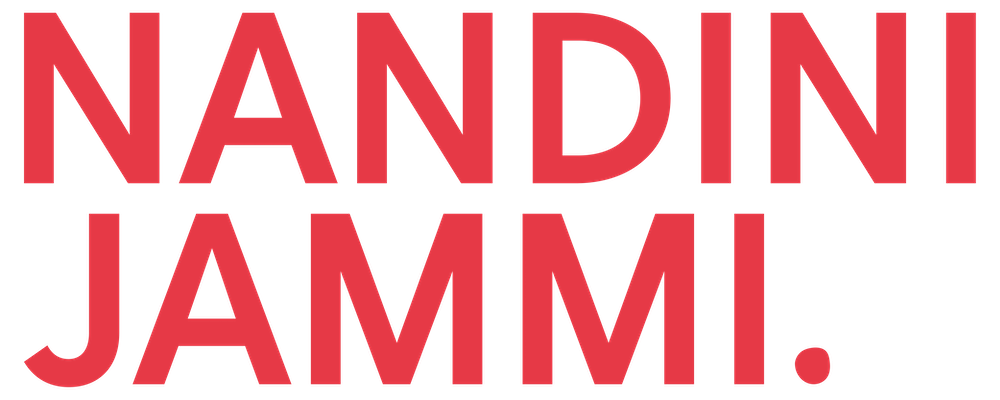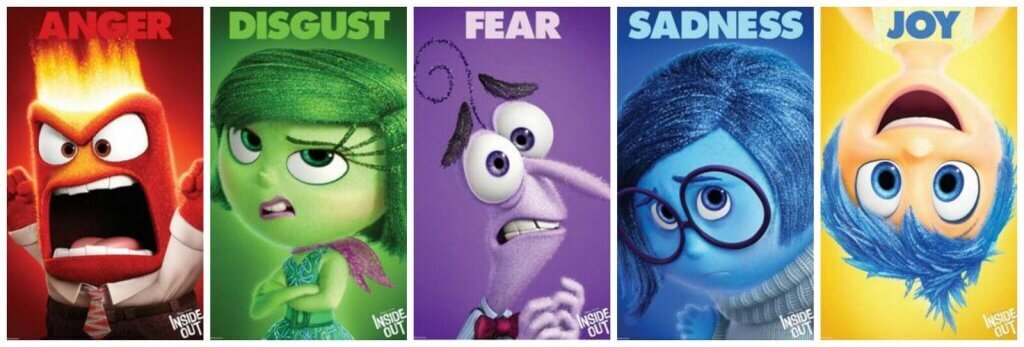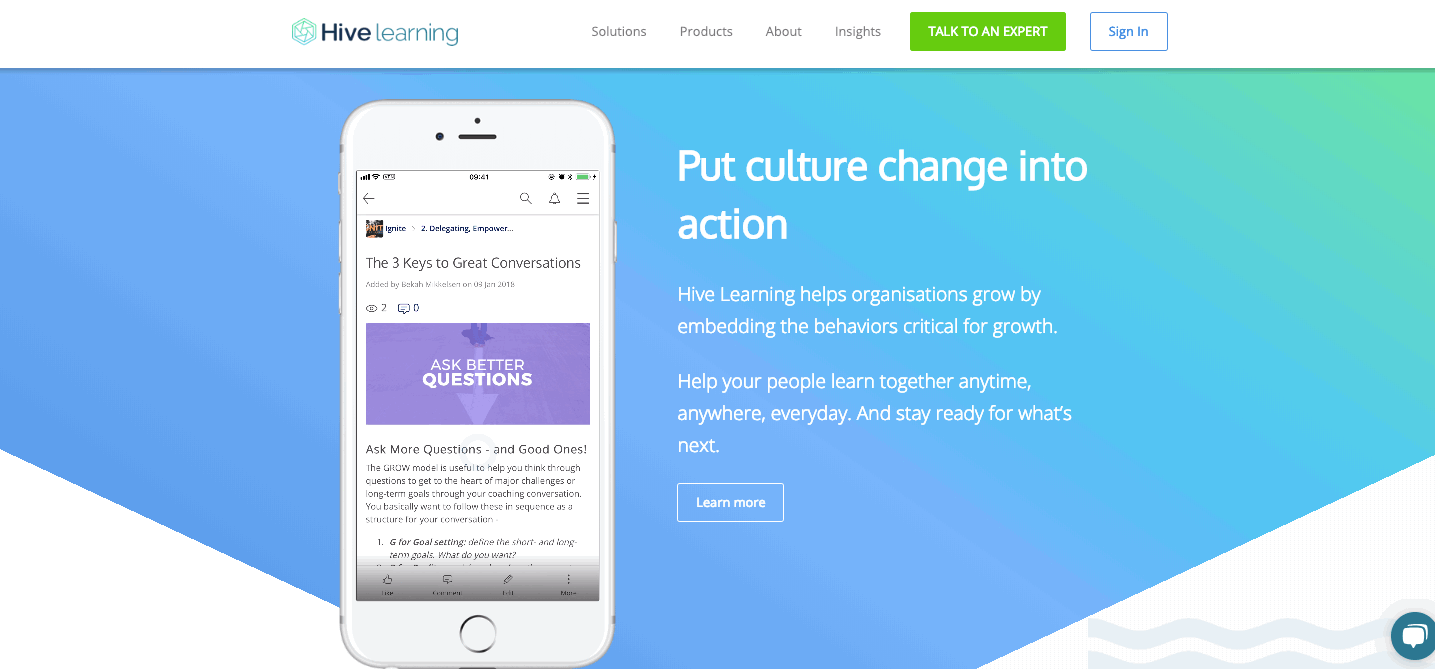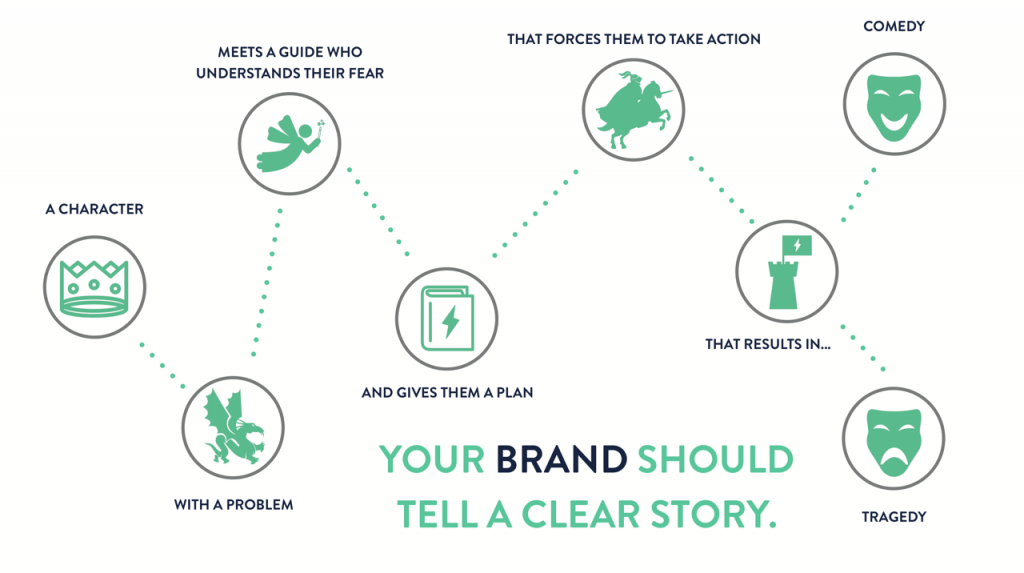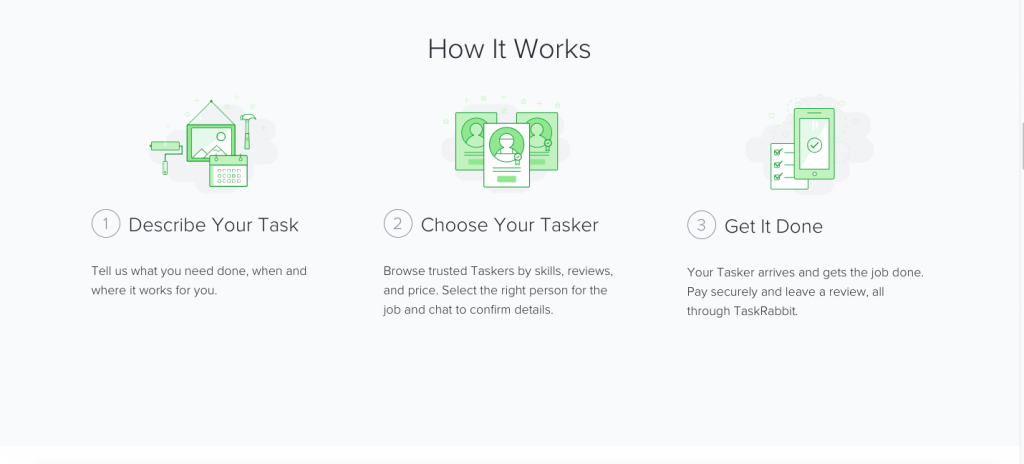How to write a product narrative
Storytelling. It seems like an activity reserved for tucking children into bed at the end of the day.
Maybe that’s why this highly effective sales strategy is so deeply underutilized in the B2B marketing world.
I think the thinking is that we’re adults? And we’re doing business things? So we should keep our shit boring to make us sound smarter?
I think that’s what it is. Because there’s no other way to understand or justify why we make customers wade through buzzwords and meaningless blocks of text just to understand what the hell it is your product does.
If I may offer a reality check: Humans will never outgrow storytime. Ever.
Nothing gets under our skin like a good story. Stories are how we learn about the world and make sense of what’s going on around us. They help us retain large amounts of details and information.What’s more is that a good story isn’t just a sequence of events. It makes us feel things, which drives our behavior in one direction or the other…which we later justify with logic. It's not me saying this. It's science.
This comes in very, very handy when you’re working through a complex B2B sales process that involves many stakeholders, many anxieties and multiple strongly held opinions.
What could be better than using our most natural form of communication to soften them up and make all of them want to buy your product?
For those of you who aren’t quite ready to embrace the term “storyteller”, here's a more grown-up word you can throw around: product narrative.
Learn to love it because it’s only going to help you in life.
What is a product narrative?
A product narrative is the bigger picture story of the New and Improved™️ reality your product enables in your customer’s life. The goal? To make them want it real bad.
That is, your focus isn’t on your cutting edge tech or product features or any of the usual details you’re used to chucking into your marketing materials. Rather, your goal is to be “sticky.”
Don’t do this.
An effective product narrative does three things:
a.) Helps your customers picture what their lives would be like with your product
b.) Gets them excited about change
c.) Helps them to easily champion your product’s value to colleagues & bosses
That last one is key. Why? Because people inherently trust things that we understand. We also trust things that we can easily explain to others. It makes us feel confident!
Stories have a magical knock-on effect on the sales process. The easier it is to share your narrative, the easier it is to get more stakeholders onboard with next steps — even when you’re not in the room.
That’s the thing about narratives. They takes some effort develop, but they end up pulling a lot of weight for you.
3 ways to start writing your product narrative
All this sounds like a lot of work. But you’re in luck! Stories are nothing new and you do not have to start from scratch to develop your own.
The following three templates are the tabs I have open I'm developing a new product narrative. You’ll see a lot of overlap because each one is basically a variation of the same thing.
But I've used all three with different clients and can confirm: they all lead to a compelling story.
Three templates. Three starting points to help you get your creative juices flowing. Let's take a look together.
STARTING POINT A: Pinpoint an undeniable change
Template:
What is it?
Doug’s template suggests you kick off your narrative by introducing your prospects to a real, undeniable, relevant change taking place in their industry.
People hate change. But if you can convince people that their industry is changing whether they like it or not, you will create “the first critical crack in the barrier to change,” says Doug.
This wakes up all kinds of latent anxieties: What do our competitors know that we don’t? Are we the only ones who haven’t kept up? Are we at risk of our customers leaving us?And that’s exactly where you want them. Anxious. You want them to realize, as Doug says, that the cost of inaction is greater than the risk of action.
The world is changing with or without them. They have two choices: a.) ignore it or b.) hear out what you have to offer.
When it’s useful
This template is an incredibly effective way to position yourself as an authority. You show up as someone who has done their homework and understands your customer’s industry better than they do.
But you can’t just go around inventing claims. The catch is that you need some hard evidence to back you up.Doug suggests you have at least one of the following:
- Data — reliable, honest, clear and compelling data
- 3rd party support — media analysts and other buyers
- A driver — something tangible that’s causing the changeOnce you can prove that the change is real, you can be the one to teach them how to navigate this whole new world.
Example:
Look at my case study on how Xerox cornered the K-12 education market. With their data-driven product narrative, they went from struggling against the competitors, who were offering black-and-white printers at super low rates to cornering the entire market.
STARTING POINT B: Define the enemy
Template:
Andy Raskin's "Promised Land " pitch
What is it?
Marketing consultant Andy Raskin’s template is essentially a breakdown of what he considers one of the greatest pitches ever, Elon Musk’s Tesla pitch. Don’t reinvent the wheel, he says. Instead, do what Elon did in these five steps:
#1: Name the enemy
#2: Answer “Why now?”
#3: Show the promised land before explaining how you’ll get there
#4: Identify obstacles—then explain how you’ll overcome them
#5: Present evidence that you’re not just blowing hot air
This template has you kick off your narrative by “naming the thing that’s getting in the way of your customer’s happiness.” That is, name the enemy.
When it’s useful:
This template is highly versatile because in marketing, there’s always an enemy. Sometimes it’s a competitor. Sometimes it’s a problem, a pain point or even a feeling.I’ve defined a variety of enemies for various clients, from “paperwork” to “the omnipresent possibility of server malfunction at 2am.”
But I’ve actually found it tends to be particularly useful when you want your product or solution to completely replace another product or solution.
This template really allows you to dig in and make your customers feel like they have not just a problem on their hands, but something that is actively working against them.
Example:
I used Andy’s template as reference when I was drawing up ProdPad’s first sales deck.
As you’ll see, I made a true villain of spreadsheets before introducing the “promised land” of agile product management and ProdPad.
(And hey, I must be doing something right, since this deck has since landed on this list of top sales decks by Cirrus Insights.)
STARTING POINT C: Make your customer the hero
Template:
Donald Miller's "Storybrand " template
What is it?
Donald’s template draws on his observation that nearly all Hollywood stories follow the same pattern. The Hunger Games. Hercules. The Little Mermaid. Eight Mile. All of ‘em. He found that the same pattern works like a charm when when you’re developing a product narrative:
"A CHARACTER who wants something encounters a PROBLEM before they can get it. At the peak of their despair, a GUIDE steps into their lives gives them a PLAN, and CALLS THEM TO ACTION. That action helps them avoid FAILURE and ends in a SUCCESS."
Marketers often make the mistake of thinking our product is the “hero” in our product narrative. Donald’s template corrects that assumption.
Your customer (“The Character”) is the true hero of the story. Your product is just The Guide, or the vehicle that enables them to achieve success.
When it’s useful:
I think this template is a fun way to develop your character and plot line together as a team. It forces you to sit down and iron out the details you may have thought were obvious.
What problem does the customer have? What’s our plan for them? What does our customer’s life look like after they’ve switched over to us? What’s at stake if they choose not to act?As I noted in my own product messaging framework, these are the questions customers ask themselves when they first encounter your product.
But more often not, we haven’t provided them answers anywhere on the page! For what it's worth, I recommend you get Donald Miller's book, "Building a Storybrand" for a deeper dive into how you can put this template to work.
Example:
TaskRabbit’s homepage is a pretty great example of Donald’s template at work.
You can see right away that they've nailed the two most important things in their narrative.
1.) They outcome they want to enable for their customers
2.) A clear plan.
Final thoughts
I think the most humbling thing about taking the time to develop a product narrative is finding out that so much of the product-level details you thought were really important to your pitch, don't matter at all.
Conversely, you also tend to realize that you've left out the most important detail of all: Why a customer should care about your product and how will their life will be better because of you.
Loosen up a little. There's nothing wrong with losing the boring sales pitch and telling your customers a story that makes them feel something.
A single story, told well, will do all the selling for you.
